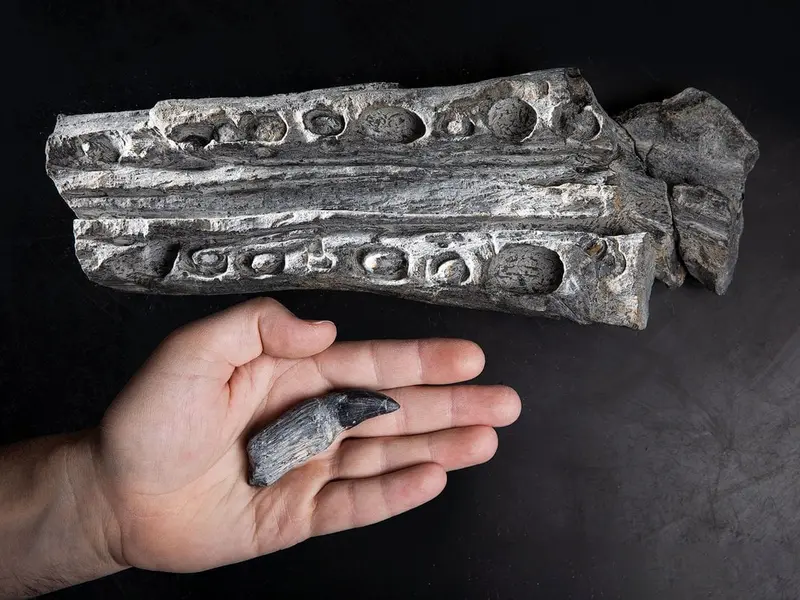The mystery of the place where dozens of large marine reptiles rested 230 million years ago has finally been revealed. This was reported by a team of researchers led by Nicholas Pyenson, a paleontologist and marine biologist from the Smithsonian National Museum of Natural History (USA).
Scientists have re-examined the mass grave of ichthyosaurs in central Nevada. In the 20th century, a large number of remains of the largest Triassic ichthyosaurs—shonisauruses, which reached lengths of up to 15 meters—were found at this site. The cemetery is located in the Berlin-Ichthyosaur State Park, near the mining town of Berlin. Once, these desert areas were covered by ocean waters, the publication reported. Smithsonian Magazine .
Nicholas Pyenson’s team has established why groups of large reptiles migrated here, where they met their demise. According to scientists, pregnant ichthyosaurs swam into these waters to give birth to their offspring.
Shonisaurus breeding ground
The “Berlin Ichthyosaur” park is aptly named after prehistoric extinct animals. Numerous bones of these marine reptiles have been found in the local rock formations over time. The large aquatic predators known as ichthyosaurs are also referred to as “fish lizards.”
The authors of a new study, the results of which were published in the journal Current Biology, proposed a rather convincing theory regarding the use of this area by groups of ichthyosaurs. Scientists believe that the large reptiles gathered here for breeding.

While studying fossils, scientists encountered the presence of remains of both adult specimens and newly born individuals, or even embryos, in the quarry. Previous reports on the research of the ichthyosaur cemetery did not mention any embryonic material.
Paleontologists applied research methods that they once tested on the remains of prehistoric marine mammals from the Atacama Desert in Chile. This includes laser scanning, photogrammetry, and computer vision.
The team concluded that large marine animals have long used this location as a “birthing house” or nursery. Researchers believe that shonosaurs gathered near the shoreline of fairly deep ocean. This is similar to what whales do when they travel to Monterey Bay to give birth, noted Nicholas Pyenson.
If the new hypothesis of his team is correct, then ichthyosaurs visited the same area for giving birth for over 100,000 years.
In previous studies, other groups of scientists have offered various explanations for the mass extinction of shonisaurs. Here are a few main theories: the animals were poisoned by algae, they were stranded on a sandbank, or they died during a volcanic eruption. However, none of these theories has been definitively confirmed.
